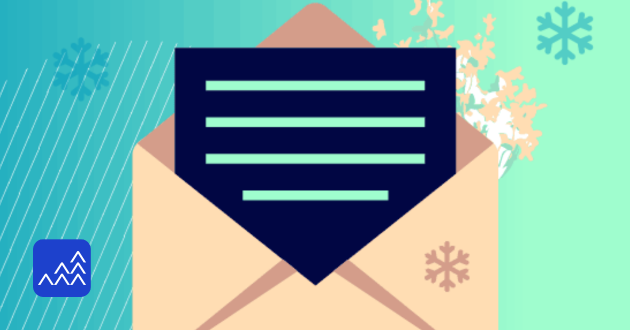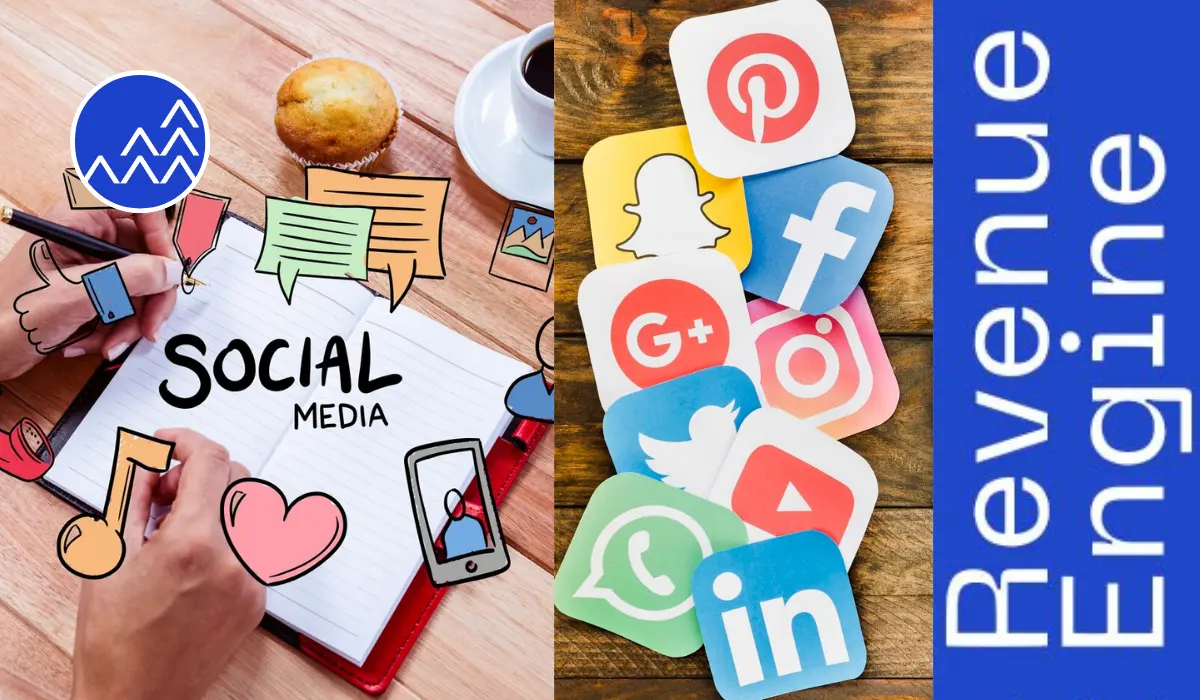Cold email marketing remains a powerful tool for lead generation and sales growth, especially in B2B sectors. However, creating successful cold email campaigns requires a thoughtful approach, as recipients are not familiar with your brand. This guide Revenue Engine provides essential strategies to ensure your cold emails capture attention, engage prospects, and ultimately drive conversions.
Craft a Compelling Subject Line
Your subject line is the gateway to a successful cold email campaign. It is the first element your recipient notices, and its effectiveness determines whether they will open the email. Here are key tips for crafting an irresistible subject line:
- Keep it Short and Direct: Ideally, limit your subject line to 6-8 words. Focus on clarity and make sure it conveys the core message.
- Personalization is Key: Include the recipient’s name or reference their company to create a connection.
- Create Curiosity: Ask a question or introduce an intriguing fact related to your prospect’s pain points. Curiosity drives engagement.
Personalize the Email Content
The power of cold email lies in personalization. You need to show prospects that you’ve done your research and are offering something of value. This builds trust and rapport with the recipient. Here’s how to tailor your content effectively:
- Address Specific Pain Points: Understand the recipient’s industry and common challenges, then craft your message around how your solution can help.
- Refer to Recent Events or Achievements: Mention a recent award or news about their company to show genuine interest.
- Use Casual Language: A conversational tone feels less robotic and more approachable.
Offer Value with a Clear Call-to-Action (CTA)
Your email should clearly state the benefit of your product or service while guiding the reader toward taking the next step. The CTA should be:
- Specific and Actionable: Instead of a vague “Let’s connect,” try “Schedule a 15-minute call to discuss how we can increase your sales.”
- Focused on the Prospect’s Needs: Highlight how the CTA benefits the recipient. For example, “Learn how we helped [Client’s Name] achieve 30% sales growth.”
Follow Up with Persistence and Patience
Following up is essential in any cold email campaign. Many recipients won’t respond to the first email, but consistent follow-ups can make all the difference. Best practices for follow-ups include:
- Timing Matters: Wait 2-3 days between each follow-up email.
- Don’t be Pushy: Keep your tone polite and focus on value rather than hard selling.
- Vary Your Content: Include different insights, case studies, or product highlights in each follow-up.
Leverage A/B Testing
Not all cold emails will perform equally. Conducting A/B tests on key elements such as subject lines, email copy, or CTAs can help identify what works best for your audience. A/B testing involves:
- Testing One Element at a Time: For example, run two variations of the same email with different subject lines to determine which yields better open rates.
- Analyze Metrics: Track the open rate, click-through rate (CTR), and response rate to gauge the effectiveness of each variant.
Avoid Spam Traps
Landing in a prospect’s inbox is critical for success, but spam filters can prevent this. To avoid the spam folder, follow these guidelines:
- Avoid Spammy Phrases: Terms like “free,” “act now,” or excessive exclamation marks can trigger spam filters.
- Authenticate Your Domain: Use proper email authentication methods like DKIM, SPF, and DMARC to improve deliverability.
- Warm Up Your Email Account: If you’re sending a large volume of emails, gradually ramp up your email-sending volume over several days to avoid being flagged as spam.
Analyze and Optimize
Reviewing your cold email metrics is crucial for long-term success. Key metrics to track include:
- Open Rate: Measures how effective your subject line is.
- Response Rate: Indicates how well your email resonates with recipients.
- Conversion Rate: Reflects how many recipients took the desired action after reading the email.
FAQs!
What is the ideal length of a cold email?
The ideal cold email should be concise, ideally 100-150 words. Focus on value, be direct, and avoid overwhelming the recipient with too much information.
How many follow-up emails should I send?
A standard approach involves sending 3-5 follow-up emails, spaced out over a few weeks. Make sure each follow-up offers new value or insights.
What are the best times to send cold emails?
The best times are usually mid-week, Tuesday to Thursday, between 9 AM and 11 AM. These times tend to have higher open and response rates.
How do I improve my email open rates?
Personalize subject lines, send at optimal times, and ensure your email domain is properly authenticated to avoid spam folders.








